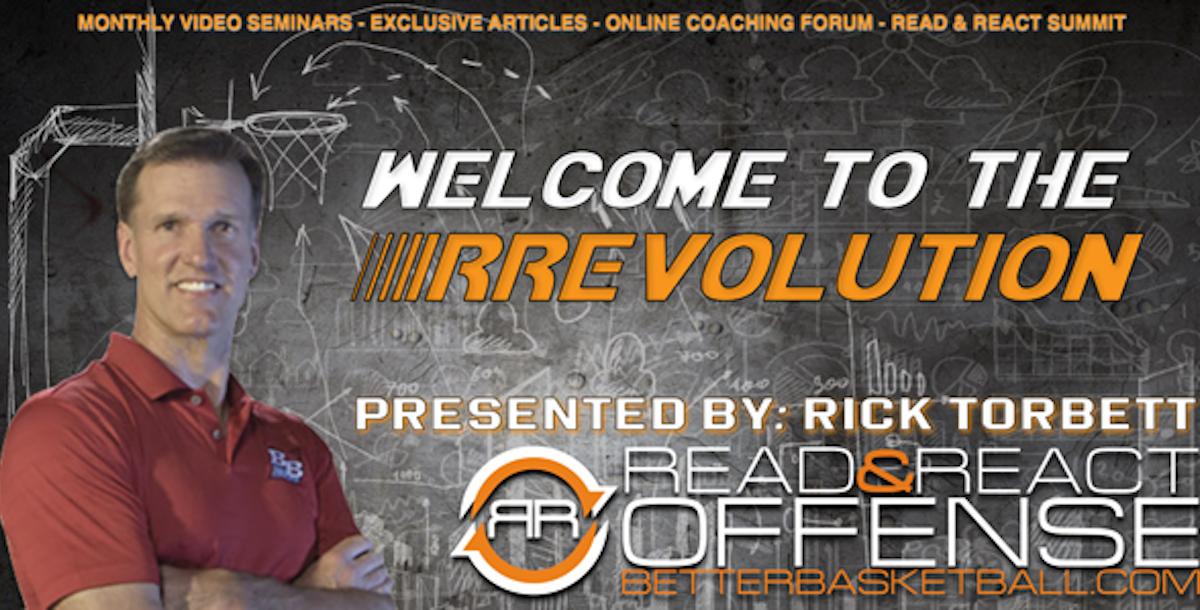One of the fundamentals to becoming a basketball player is to face the goal after catching the ball. Old school calls it Triple Threat position. I’ve called it Triple Attack Position. Point Guard College demands that you PEEK at the rim. Everyone says “Square up” to the rim – EXCEPT when you catch the ball in the Post. Does that strike you as weird?
I’m interested to hear what your players say when you ask them the following question: “If the game was on the line and we only had 6 seconds and you can make your move and take the game-winning or game-losing shot, with the exception of being under the goal, where would you want the ball?”
How many would answer, “I’d like the ball with my back to the basket in the Mid-Post”? I’m curious.
How many players LOVE playing in the post with their back to the basket, pushing, shoving, and battling for a 1-foot-square of real estate for the entire game? I’d love to see a poll.
What percentage of your total points is scored with your players’ back to the basket? Is the percentage so large that you MUST have a player standing in the mid-post, back to the basket, for the entire game? I really want to see those numbers – on all levels.
In my Coach Don Meyer notebooks (and yes, that’s plural – lots of notes from attending two clinics per year for a decade when he was at David Lipscomb U.) he said that great teams have:
An Outside game,
An Inside game, and
A Penetration game.
But doesn’t dribble penetration place the ball inside – with the player facing the goal?
Doesn’t a Front Cut or Rear cut get the ball inside – with the player facing the goal?
Doesn’t the Read Line cut, Curl the Puppydog, and Momentum Moves get the ball inside – with the player facing the goal?
Doesn’t a Dribble-At lead to the ball being caught inside – with the player facing the goal?
I believe there’s only an Outside game and an Inside game and we need to question the tradition of planting a player in the post with their back to the basket for the entire possession.
Note my last phrase: “for the ENTIRE possession.”
What do you think? Why do we do what we do? And why do we coach and teach the way we do?
1
2
3
4
5
6
7
8
9
10
11
12
13
Lesson 14:
Inside
15
16
17
18
19
20
21
22
23
24
25
26
27
28
29
30
31
32
33
34
35
36
37
38
39
40
41
42
43
44
45
46
47
48
49
50
51
52
53
54
55
56
57
58
59
60
61
62
63
64
65
66
67
68
69
70
71
72
73
74
75
76

It is our sincere hope that we can provide you with every tool necessary to improve not only as a Read & React coach, but as a basketball coach as a whole. We look forward to working closely with you this season.
